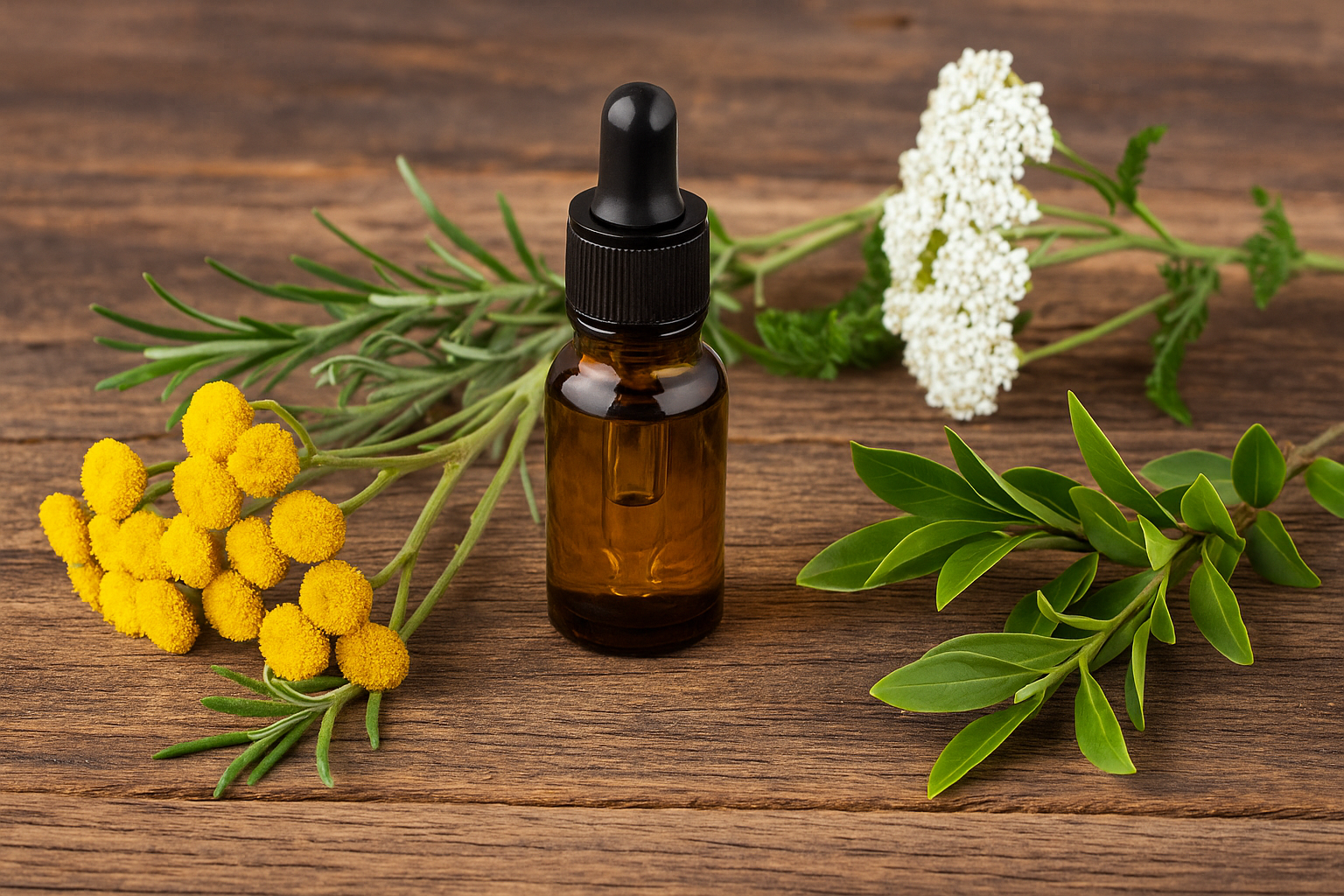The Pampa region in Southern Brazil is known for its wide grasslands and unique culture. Among its treasures are native herbs used for healing and fragrance.
For centuries, Gaúcho families have relied on these plants. They are part of daily life, rituals, and identity. Each herb brings a blend of health benefits and aromas that no synthetic product can match.
This article explores how Pampa plants heal the body and perfume the home. You will discover their traditional uses, cultural meaning, and how they fit into modern life.
Why Pampa Herbs Matter
Herbs are more than natural remedies. They are cultural symbols. The Gaúcho lifestyle is closely connected to land and plants.
Children grow up learning which herb soothes pain, which clears the lungs, and which brings peace to the home. These lessons are passed from one generation to the next.
Herbs in the Pampas carry two powers. They heal the body and they transform the air around us with their fragrance.
Healing Powers of Native Herbs
Marcela
Marcela is one of the most beloved plants in Gaúcho tradition. It has small golden flowers and a sweet calming scent.
As a tea, marcela is used for insomnia, anxiety, and stomach relief. People also keep dried marcela in sachets. Its aroma spreads peace through drawers, closets, and bedrooms.
Carqueja
Carqueja is easy to identify by its segmented stems. It is known for its bitter flavor and earthy fragrance.
The tea is trusted for liver health and digestion. In many homes, carqueja is also dried and kept in the kitchen as a sign of cleansing and balance.
Boldinho
Boldinho has oval leaves with a mint-like aroma. Its tea is popular for digestion and detox.
The refreshing smell makes it perfect for natural air fresheners. People place boldinho leaves in bowls of water or inside cloth bags to scent kitchens and bathrooms.
Guaco
Guaco is called the herb of the lungs. Its sweet herbal scent is unique.
Tea made from guaco helps ease coughs and breathing problems. Traditionally, families planted guaco near the house as protection for health.
Alecrim do Campo
Wild rosemary brings energy and clarity. Its thin leaves release a sharp, clean aroma.
Students and workers often keep it close to improve focus. In teas or sprays, it fights fatigue and refreshes the mind.
Sálvia Branca
White sage has gray-green leaves and a smoky fragrance. It is linked to purification.
Burning bundles of sálvia branca is a ritual for cleansing spaces. Its aroma creates a sense of renewal while also calming the body.
Aromatic Uses in Daily Life
Herbal Sachets
Drying herbs like marcela and rosemary preserves their fragrance. Small cloth sachets are made to freshen wardrobes, drawers, and even cars.
Unlike artificial products, these sachets carry both natural scent and cultural meaning.
Healing Teas
When herbs are infused in hot water, they do more than heal. They perfume the room.
Marcela tea spreads calm. Carqueja tea creates a purifying atmosphere. Boldinho tea leaves a refreshing note in the air.
Herbal Sprays
Herbal sprays are a modern way to use traditional plants. Infusions or essential oils are mixed with water.
A spray of rosemary or marcela freshens a room instantly. This practice adapts ancient herbs to modern homes.
Ritual Bundles
Bundles of sage or rosemary are tied, dried, and burned. The smoke purifies and the scent renews the air.
These rituals mix healing with fragrance, joining body and spirit in one practice.
Cooking with Herbs
Some herbs, like rosemary and boldinho, also season food. While cooking, they release fragrance that spreads through the home.
This shows how healing, flavor, and aroma come together in everyday life.
Cultural Meaning of Healing Aromas
For Gaúcho families, herbs are memory keepers. The smell of marcela reminds many of childhood afternoons with tea.
The bitterness of carqueja recalls lessons about strength. Boldinho brings freshness that evokes summer days.
Aroma is not only physical. It is emotional and cultural. Herbs tie people to place and identity.
Science Confirms the Tradition
Modern studies prove what tradition already knew. Carqueja has compounds that support the liver. Marcela contains calming properties. Rosemary helps with memory and focus.
Science validates cultural wisdom. What grandmothers taught for centuries is now studied in laboratories.
Bringing Pampa Herbs to Modern Life
Even outside Brazil, people can enjoy these herbs. Many are sold in herbal shops or online.
You can grow them in pots, dry them for sachets, or make sprays. Every method brings a piece of the Pampas into your daily life.
This practice is also sustainable. Using natural herbs reduces dependence on synthetic chemicals.
Conclusion
The native plants of the Pampas are more than remedies. They are storytellers.
Marcela, carqueja, boldinho, guaco, rosemary, and white sage each carry both healing power and fragrance. They connect people to tradition, memory, and the land itself.
By learning their uses, you honor a culture that values authenticity. You also bring wellness and natural aroma into your life.

Marcela Cardozo is passionate about Southern Brazilian traditions and the cultural stories carried through natural scents. She blends knowledge of native herbs, essential oils, and regional rituals to create practical and inspiring content. Her writing connects ancestral wisdom with modern living, offering readers simple ways to bring authenticity, well-being, and meaning into their everyday lives.
